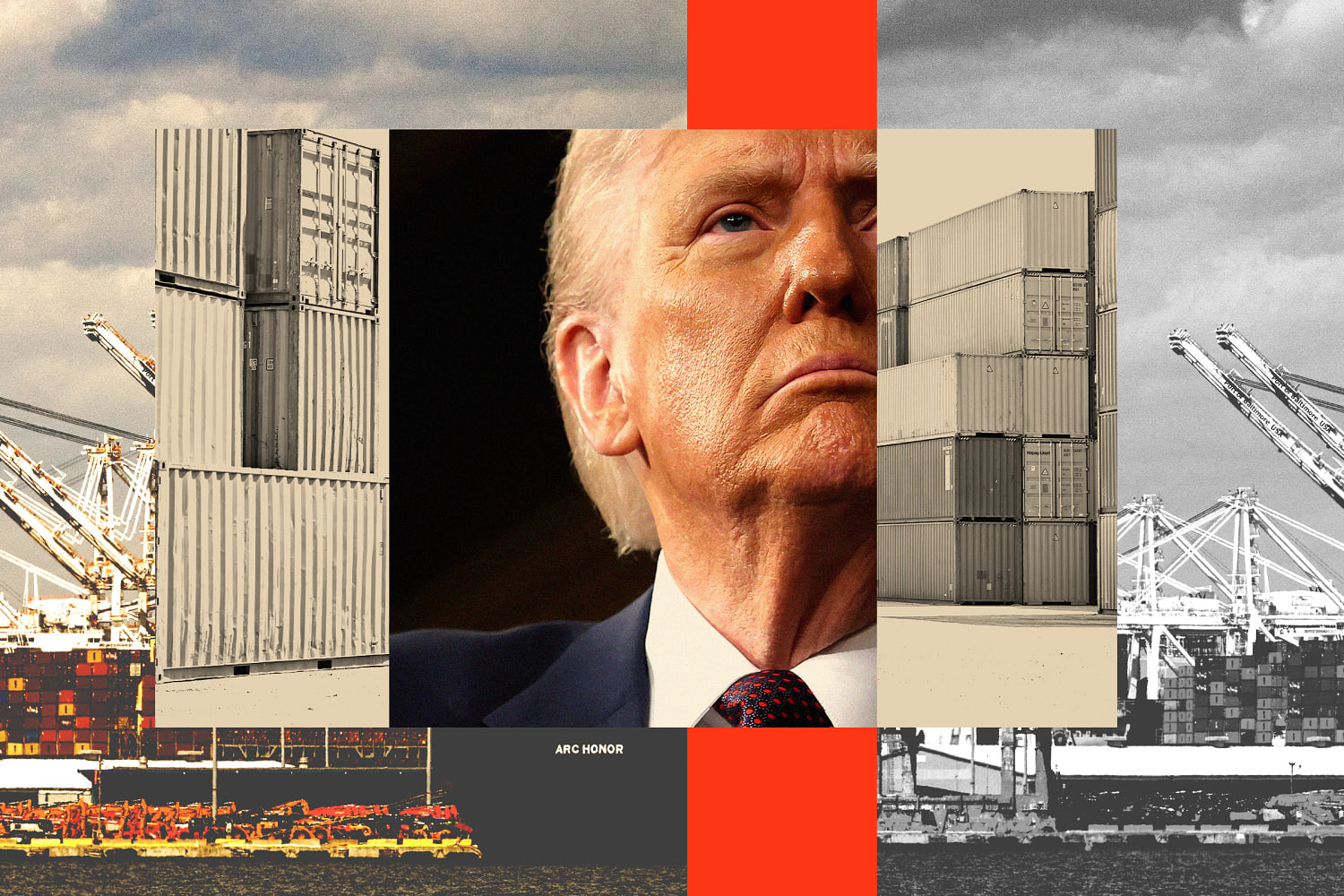What we know and how it could impact inflation, markets and more

President Donald Trump was expected to roll out the largest set of new trade barriers in generations Wednesday. Dubbing it “Liberation Day,” Trump already announced his intention to impose duties on imported autos and auto parts, and he suggested the fresh duties would be both reciprocal with other nations and include duties on specific sectors like pharmaceuticals or computer chips.
Though Trump was elected because of his perceived ability to jolt the economy, he also spent much of his election campaign promising to impose tariffs.
The latter ultimately won out — a reality that seems to have stunned economists, the business community and consumers, many of whom are his own voters.
“When confronted with the argument that Trump was talking big on tariffs, putting them on everything, the response was ‘It’ll be the same as in 2016: He didn’t do it,’” Michael Strain, director of economic policy studies at the American Enterprise Institute, a pro-business think tank, told NBC News ahead of Wednesday’s announcement.
Instead, Strain said, “what we’ve seen over the last two months is pretty light on traditional GOP policies and heavy on MAGA. Business leaders have been quite confused and disappointed with what’s happened so far.”
The tariffs effort has come in fits and starts, with proposals and reversals happening in quick succession. About 24 hours before Wednesday’s announcement, White House press secretary Karoline Leavitt acknowledged that Trump and his advisers were still “perfecting” the new policy.
As the Wednesday rollout bore down, countries continued to jockey to get ahead of the new duties. Vietnam and Israel indicated they would relax duties previously imposed on U.S. goods, while leaders in Europe were still holding out hope for negotiations.
Yet the mere threat of the tariffs has created massive uncertainty in the economy, causing stock markets to tank while throttling business and consumer confidence. The Federal Reserve pre-emptively shifted its inflation forecasts higher for this year and next on the assumption that firms will respond to the higher duties by raising costs — many of which are likely to be passed on to consumers in the form of higher prices for everything from avocados to lumber, cellphones, automobiles and more.
Although Fed Chair Jerome Powell said there was a chance the inflationary impact from the duties could end up being “transitory,” recent surveys have suggested consumers believe the momentum of price increases may only accelerate.
Businesses and consumers are already saying they foresee worse economic outcomes as a result of the tariffs. In the University of Michigan’s latest consumer confidence survey, consumers’ long-run inflation expectations had the largest three-month increase on record and are now at a 32-year high.
The same survey found two-thirds of consumers expect unemployment to rise in the year ahead, the highest share since 2009.
“This trend reveals a key vulnerability for consumers, given that strong labor markets and incomes have been the primary source of strength supporting consumer spending in recent years,” it said.
Businesses, too, expect — and are already experiencing — higher prices. An oil and gas industry executive told the Dallas Federal Reserve in a survey published last month that the administration’s tariff threats “immediately increased the cost of our casing and tubing by 25 percent,” while the administration’s desire to see oil prices fall to $50 a barrel “has caused our firm to reduce its 2025 and 2026 capital expenditures.”
“‘Drill, baby, drill’ does not work with $50-per-barrel oil,” the person said.
Trump has given a host of rationales for imposing the trade duties, from reviving American industry to raising revenues to halting the flow of fentanyl and undocumented people. Wednesday’s announcement is also a culmination of Trump’s long-running fixation with reversing America’s trade deficit; he has accused countries of “taking advantage of” the United States and “ripping us off.”
Even before Wednesday, Trump was already claiming success, contending that private firms had committed to more investments in the United States in two months than in all four years of the Biden administration. While some businesses have indeed pledged to increase spending in the United States, analysts have raised doubts about the extent of concessions he has received from trading partners in response to the threat of higher duties or pointed out that many of the investment commitments he has touted were already in the works.
From an economics standpoint, many experts say Trump’s view of how trade works is outdated at best. It is true that inflation-adjusted median earnings did experience a multidecade period of relative stagnation starting at the end of the 1970s. And for men, median earnings have actually been flat for the past 45 years.
But over the past 10 years, they have steadily increased for both sexes. And while the United States does have a large trade deficit, it remains a manufacturing powerhouse whose exports have never been more valuable even after adjusting for inflation.
The Trump administration nevertheless appears fixated on an economic-nationalist worldview and is prepared to enact it, no matter the ultimate cost.
“The average wage in the services sector is higher than in the manufacturing sector,” Strain said. “We should not want to reallocate a whole lot of workers from higher-paying into lower-paying jobs out of some misplaced nostalgia for some imagined past. We should not wish for American workers to be sewing tennis shoes together — they can have better jobs than that.”



